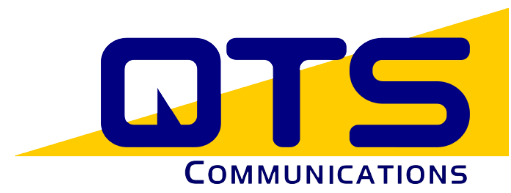Call centers are crazy places with so many moving parts influencing all the different measures of success. It doesn’t how well you manage to get your call center to run, there will be endless comments about how your not doing this and that, or how someone was ‘unfairly’ treated.
Having internal performance indicators you can measure will help you see where you are at as a team without a look at unmeasurable outside influences.
Cost Metrics:
Call centers have a lot of expenses beyond the staff manning the phones. System upgrades, maintenance, office space and equipment to name a few. The lower you can keep costs the better, without losing service quality of course.
Cost/call: Total cost/total calls handled in a specific time. Measuring this by the hour is not always useful, start with weekly, though you can narrow the focus when you are trying to really cut costs.
Cost/Inbound Contact: This needs to be monitored 100% as you might have a great number in that the cost/contact isn’t high, but what’s the point if the overall service is poor?
Productivity Metrics:
Using all the variables in a call center efficiently is the key to optimizing efficiency.
Agents as Percentage of Total Headcount: Referring to the number of people who are actually taking the calls as opposed to managing the calls or performing other tasks.
Number of Inbound Contacts/Agent/Month: The higher the value, the better you are performing (assuming everything else is constant). If there’s a value, you need to consider how you can utilize them better.
Service Level Metrics
Ultimately, this is what people are going to talk about, so it matters to some degree.
Average Speed of Answer: People don’t like waiting, and this is a standard metric used in call centers. It’s easy to calculate, set goals and achieve these.
Service Level: This differs to an average speed of answer as it’s the number of calls answered within a set number of seconds.
Call Abandonment Rate: The percentage of calls disconnected by the user before a solution was found (that may mean before contact was made with an agent too). The high the number, the more customer dissatisfaction you’ll find.
Accessibility: There are various ways to measure this, but essentially ask how many ways can the call center be contacted.
Longest Delay in Queue: This is measured in real time, and seeing an outlier that is consistently high is a sign of a serious issue but should be easily fixed.
Quality: It’s alright to keep your costs low, but it’s not as simple as getting that number as low as possible as you’ll want to ensure the calls are awesome!
Customer Satisfaction: The most important parameter can be tracked in various ways from surveys, praise, complaints, and observations. Choose one metric to focus on at a time and look to improve it to an acceptable level.
First Call Resolution: Only applicable to calls dealt with by live agents, measured as the number of calls solved on the first attempt divided by the total number of calls. This isn;t always easy to measure, but if you are looking to increase this metric, more staff training is necessary.
Call Quality: Another tricky metric to measure and one you’ll need to work out your own scale for this. The usual scale of 1 – 10 or 100 works and can measure responsiveness, interaction quality, skill, knowledge and the overall call satisfaction.
There we go, four ways to measure the performance of your call center. Have fun keeping track of all these numbers!


